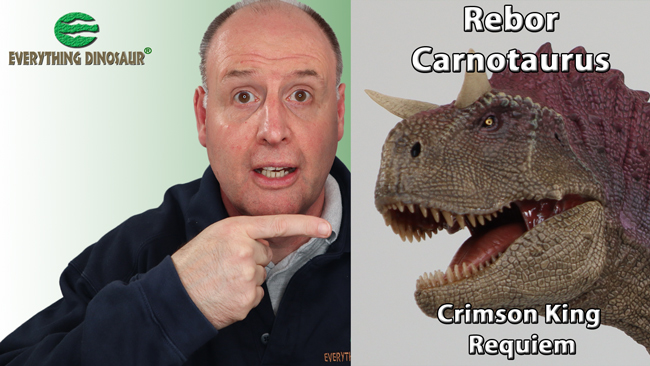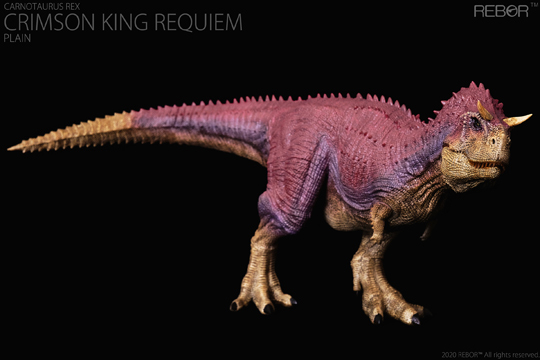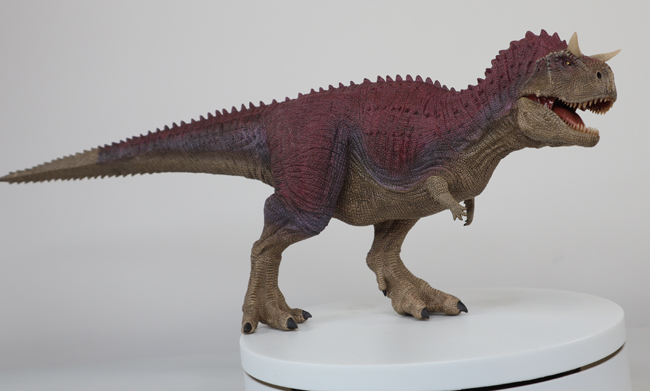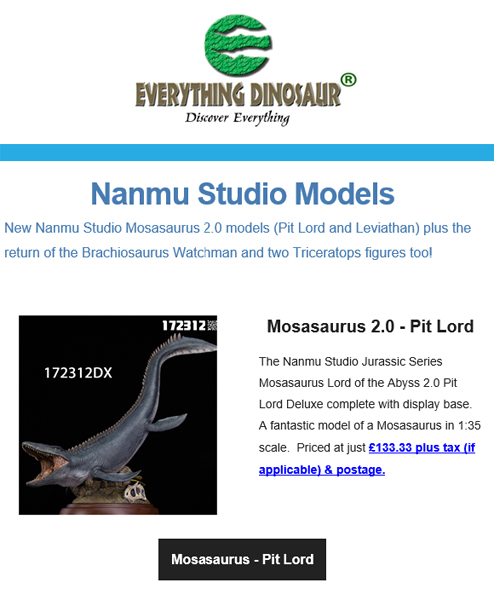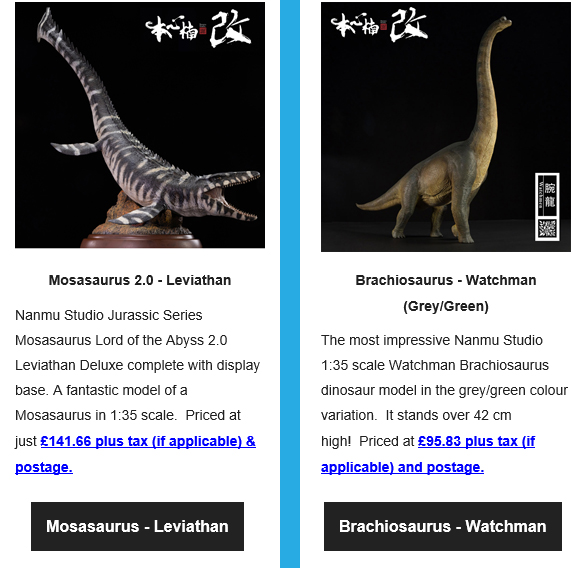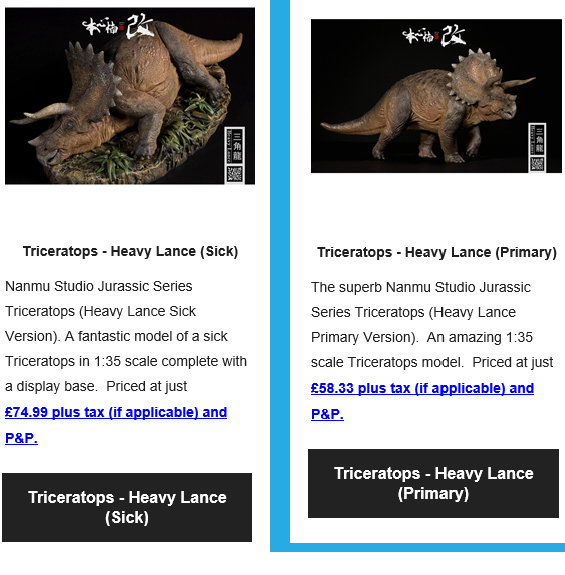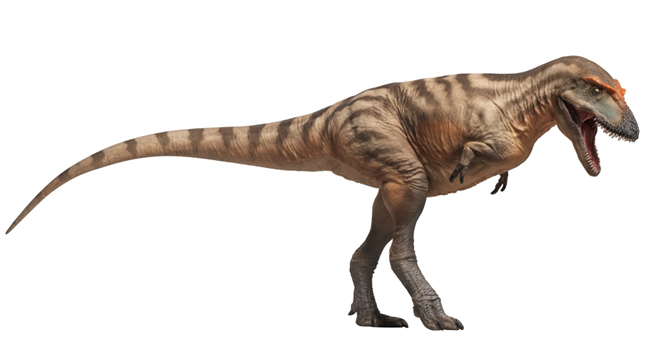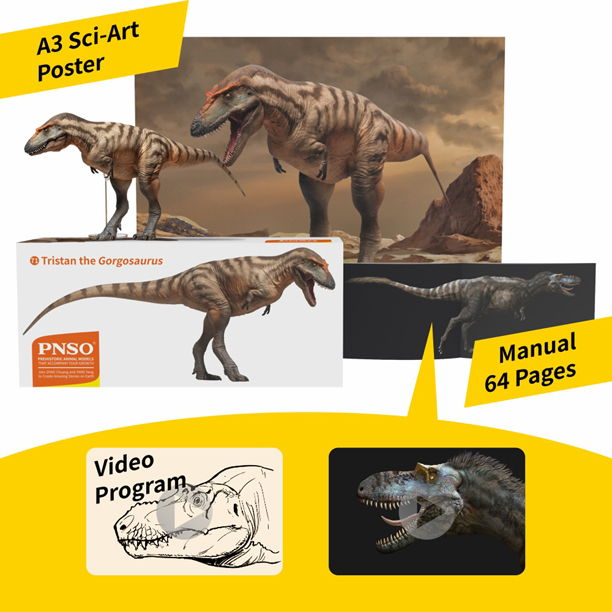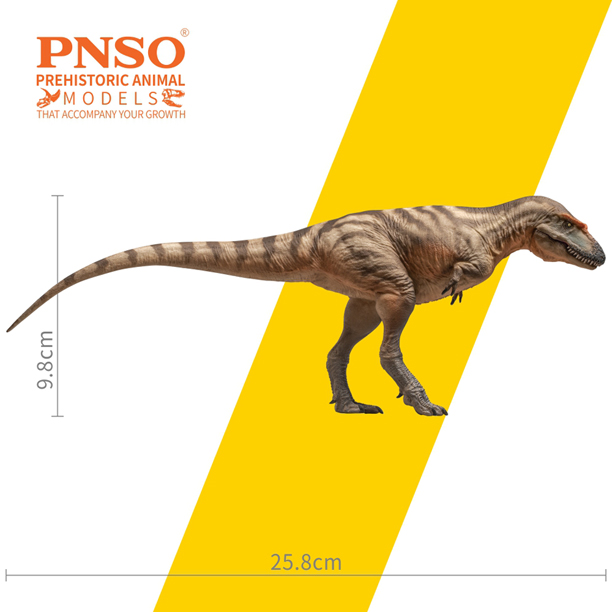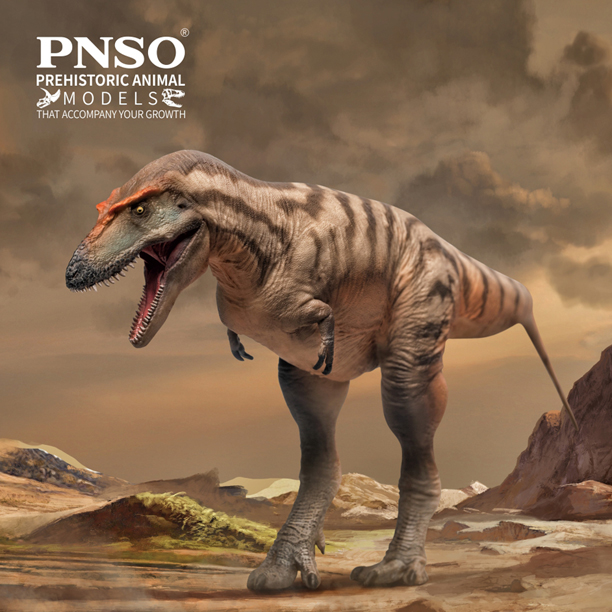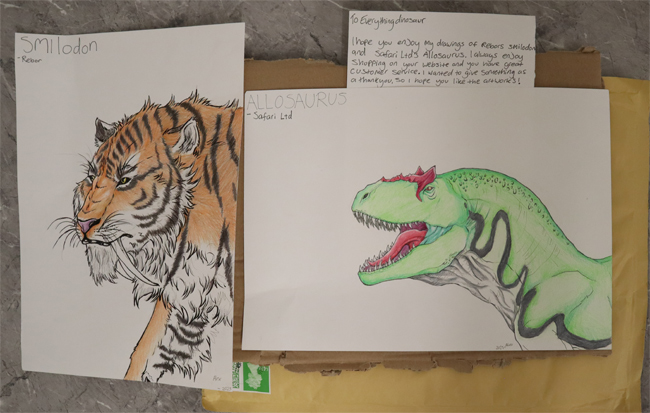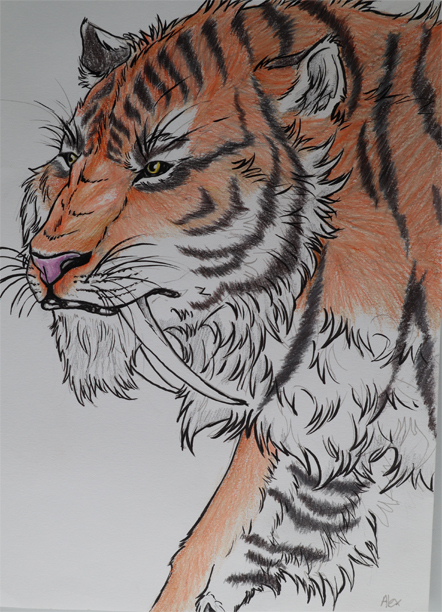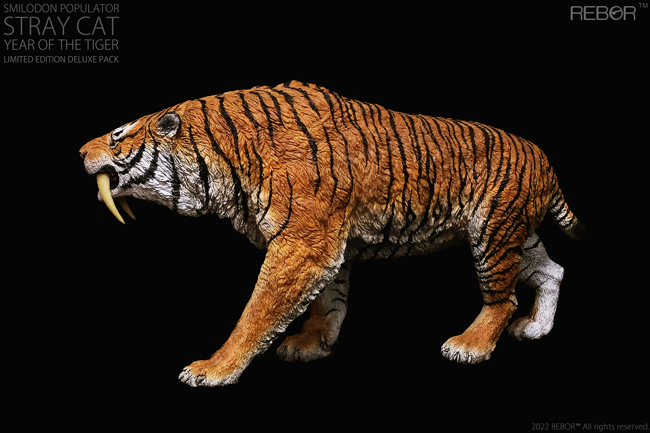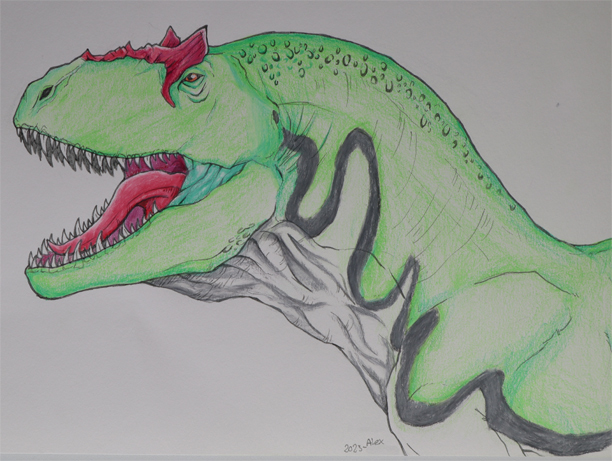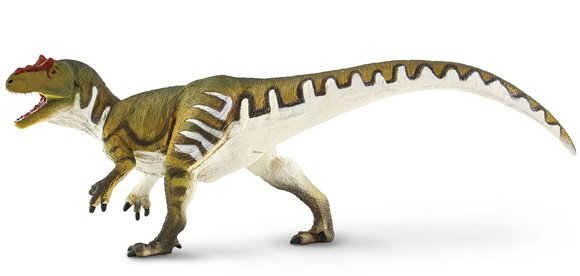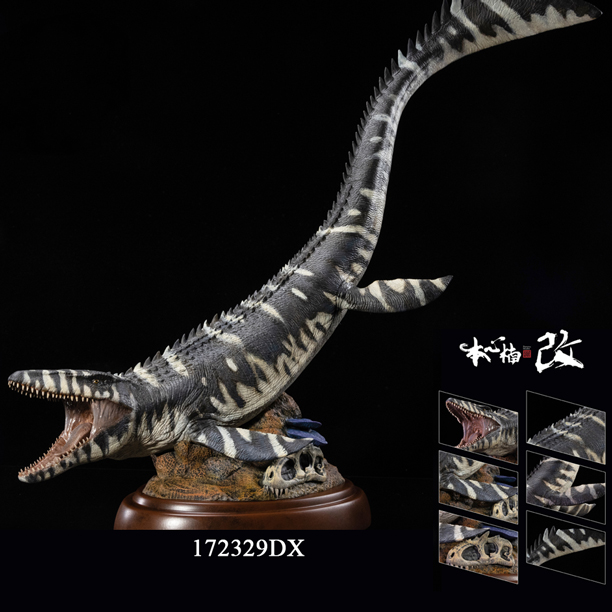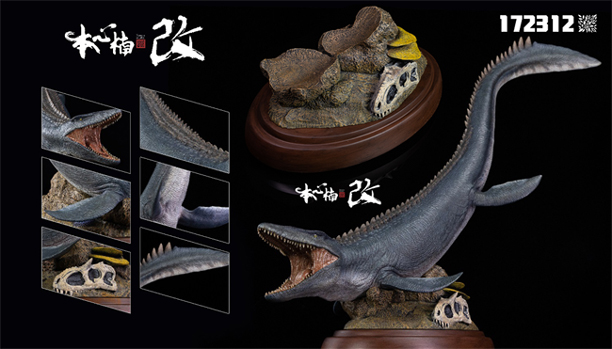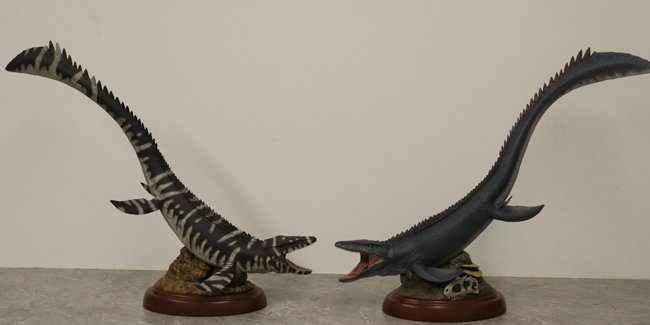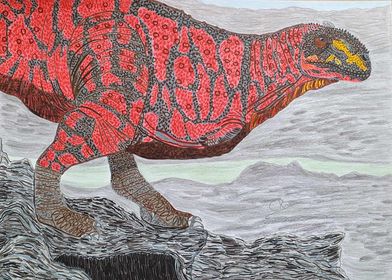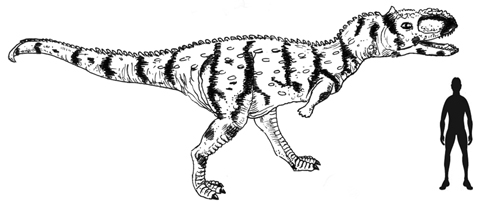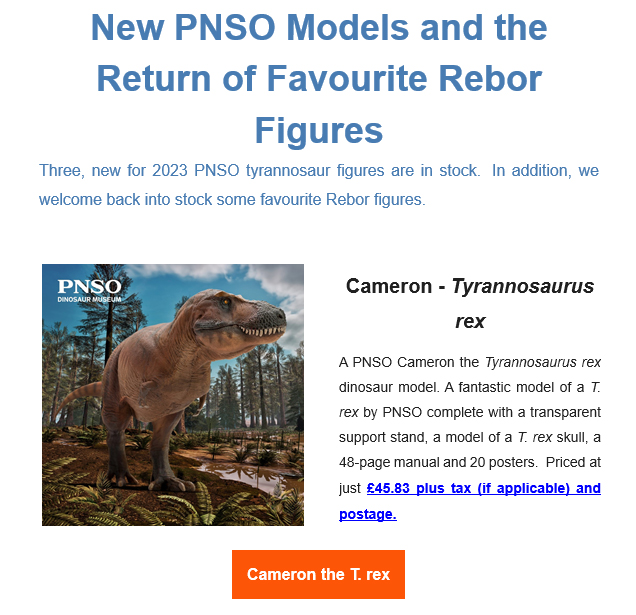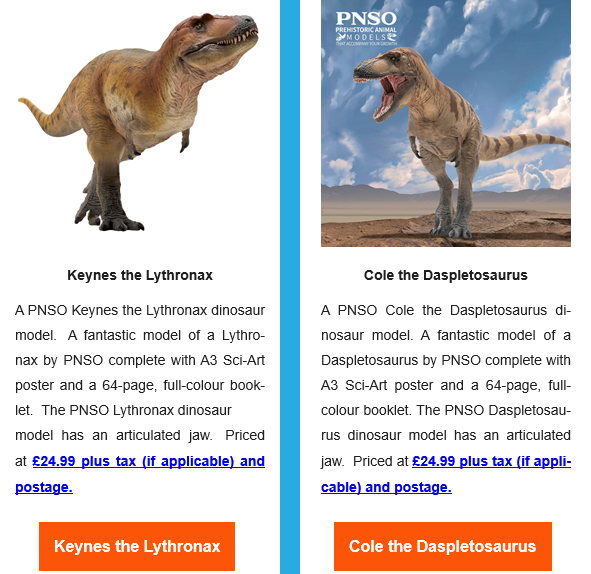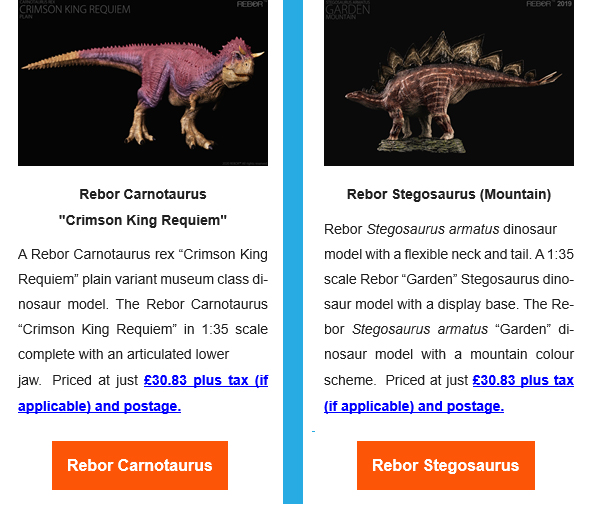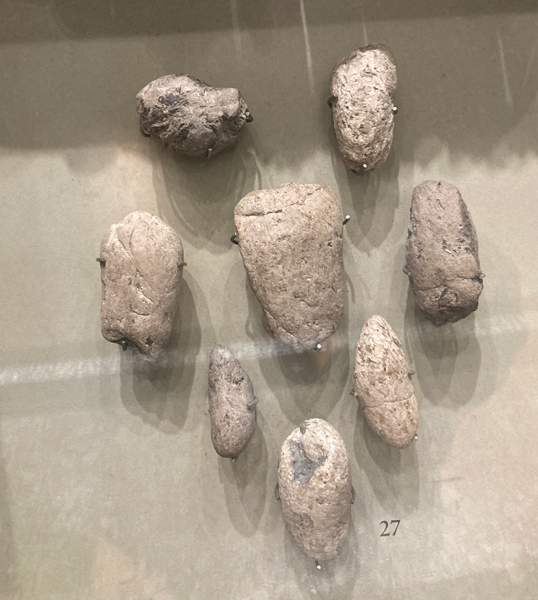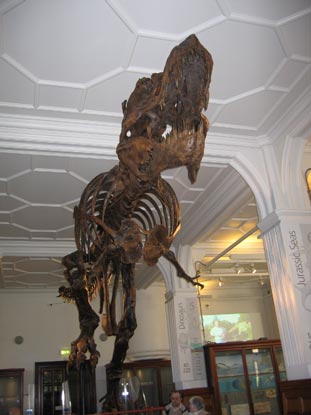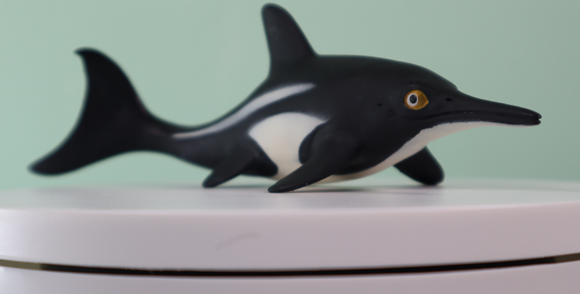Rebor” Crimson King Requiem” Video Review
To celebrate the reintroduction of the Rebor Carnotaurus “Crimson King Requiem” model a short YouTube video has been created. The video highlights the articulated lower jaw and the flexible tail of the figure. In addition, the close-up shots allow viewers to see the detailed skin texture.
Video credit: Everything Dinosaur
The Rebor Carnotaurus “Crimson King Requiem”
The Rebor Carnotaurus “Crimson King Requiem” was introduced in 2017. It replaced an earlier Rebor Carnotaurus “Crimson King”. The earlier figure was supplied with a lava field display base.
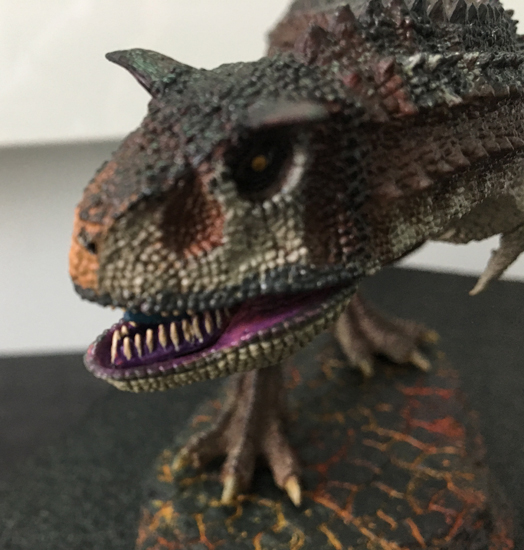
Picture credit: Everything Dinosaur
The photograph (above) shows the now retired Rebor Carnotaurus from 2017. It was supplied with a display base that was painted to give the impression of this dinosaur walking across a cooling lava field.
To view the range of Rebor models and figures available from Everything Dinosaur: Rebor Models and Prehistoric Animal Figures.
The 2021 Carnotaurus commemorates the retirement of the original “Crimson King” Carnotaurus.
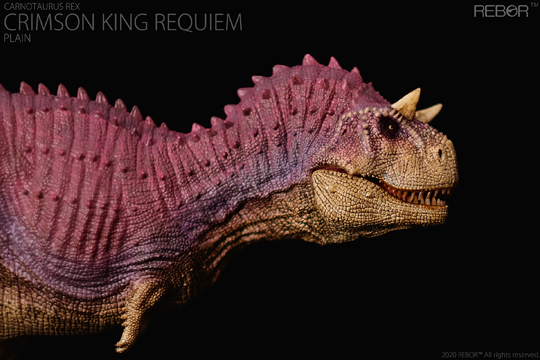
Carnotaurus sastrei
Carnotaurus (C. sastrei) was formally named and described in 1985. Fossils of this large theropod had been found the previous year. The extensive skeletal material consisted of the anterior portion of a single individual animal estimated to measure around 7.5 to 8 metres in length. It was described by the late José Bonaparte.
Since the discovery of Carnotaurus, many more South American abelisaurids have been named and described.
To read a recent Everything Dinosaur blog post about the discovery of a new species of South American abelisaurid Elemgasem nubilus: A New Abelisaurid from Argentina.
Commenting on the video a spokesperson from Everything Dinosaur explained that the video was not an unboxing or model review.
The spokesperson added:
“There are lots of really good model reviews already out there. We prefer to use our YouTube channel to highlight models as they come back into stock. It is our intention to produce a wide variety of YouTube video content. We have plans for some brief videos, under a minute in length, as well as longer videos that provide more product information.”
To visit the YouTube channel of Everything Dinosaur: Everything Dinosaur on YouTube.
The website of Everything Dinosaur: Everything Dinosaur.


